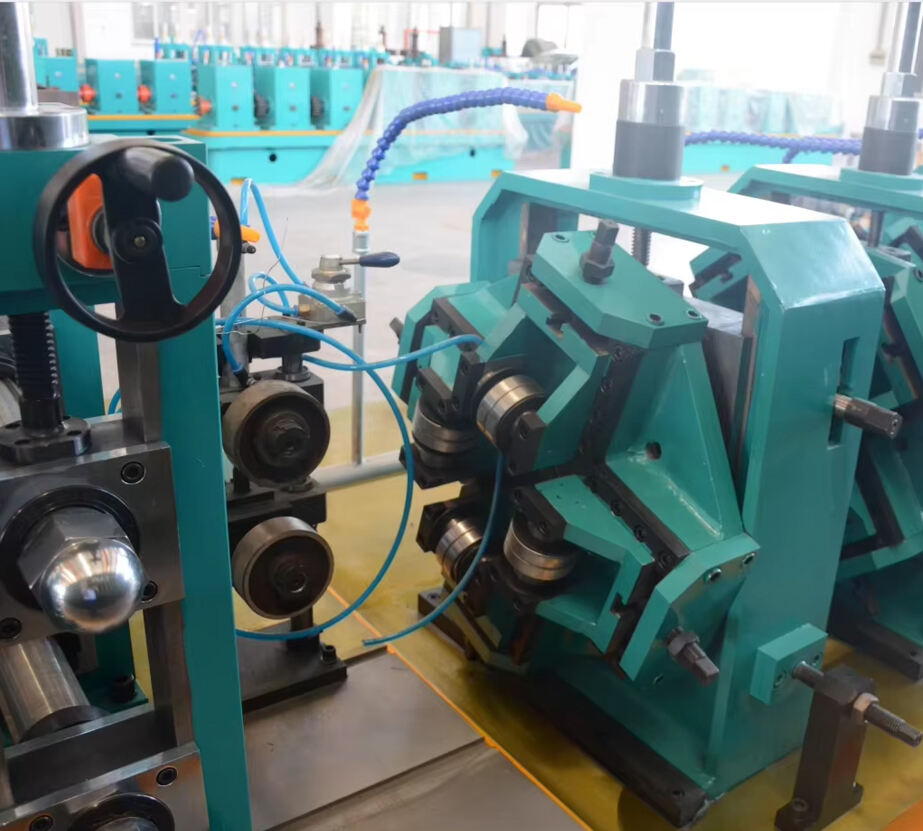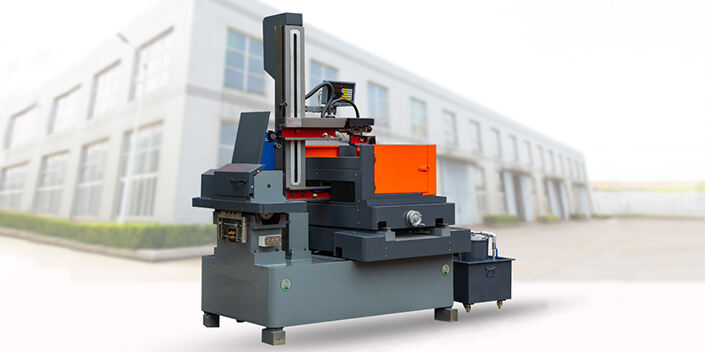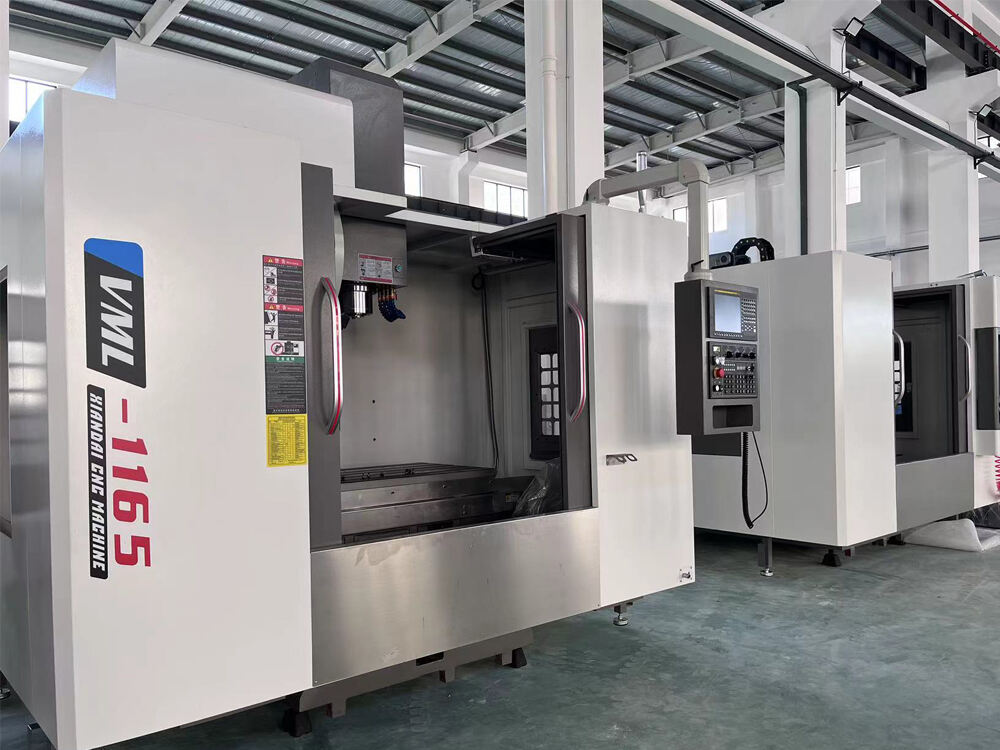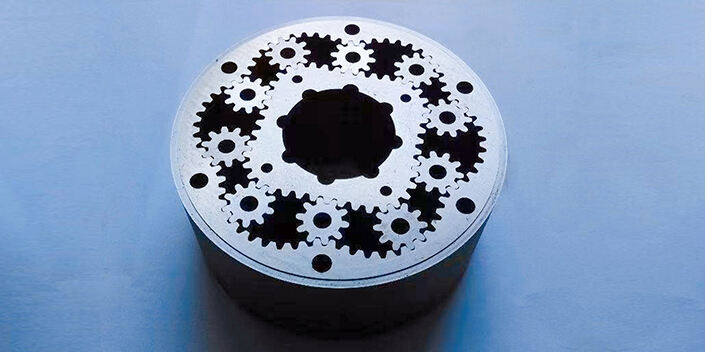חידושים בקווי ריתוך צינורות לשיפור העמידות
מבוא לחדשנות בזיגוג צינורות
איחוי צינורות לא עמד במקום בשבעים השנים האחרונות. טכנולוגיות חדשות ממשיכות לצוץ, וכולם משלימים יותר תשומת לב למשך הזמן שאיחוי כזה באמת נמשך. קחו לדוגמה את ארה"ב לבדה – יש יותר ממיליון מיילים של צינורות שרצים ברחבי המדינה. רוב החומר הזה מגיע ממחצית המאה הקודמת או אפילו מוקדם יותר. זה אומר שהתעשייה ממש צריכה להתחבר למה שחדש ומעודכן אם היא רוצה שהצינורות יישארו בטוחים גם לדור הבא. הדרכים הישנות פשוט לא תספיקו עוד כשהרבה מה תשתיות שלנו כבר מראה את גילו.
סקירה של האתגרים הנוכחיים בלהיתוך צינורות
תעשיית הלחמת הצינורות מתמודדת עם מספר בעיות גדולות בזמננו הנוכחי. קורוזיה ודליפות הן דאגות עיקריות, אך מציאת מספיק מומחים מוסמכים ללחימה הפכה להיות כאב ראש גדול אפילו יותר עבור חברות רבות. הרבה מה תשתיות הקדומות במדינה כבר מפגינות סימנים של נזקי זמן, מה שמושפע על היעילות של מערכות העבודה וсоздает גם סיכונים אמתיים לבטחה. מה הפתרון? עלינו להתחיל לאאמץ טכנולוגיות חדשות וتقنيות טובות יותר בתactices הלחמת שלנו. שיפורים אלו יכולים להפוך את ההבדל מבחינת משך חיי הצינורות לפני הצורך בהחלפה או תיקון.
חשיבות העמידות בזיגוג צינורות
עמידות בלהתלהב של צינורות היא חשיבות עליונה, מכיוון שהיא משפרת את אורך החיים ואת היעילות של צינורות, מקטין תיקונים ומספר רב של כישלונות. גורמים כגון השפעה על הסביבה, עלויות תחזוקה מתמשכות, והביקוש לתשתית איכותית דורשים גישות חדשניות בזיגול צינורות.
הקדמה להתקדמות עתידית
ההתקדמות האחרונה בטכנולוגיות ריתוך צינורות, כולל אוטומציה, שיפור חומרים, וטכניקות ריתוך מתקדמות, נכנסת כדי לספק פתרונות. הטכניקות נעות מהשימוש ברובוטים שיתופיים בזיכרון עד ליישום טכנולוגיות בינה מלאכותית (AI), המאפשרות הסתגלות בזמן אמת המשפרת את תוצאות החיבור.
אוטומציה ורובוטיקה בזיגוג צינורות
שילוב האוטומציה בזיכרון צינורות מייצג שינוי סיסמי בגישה לתהליכי היורדות.
עליית רובוטים לריקה
אחד מהחדשנות הוא רובוט הלחץ של ספול (SWR), שפותח על ידי נוברק טכנולוגיות. רובוטים שיתופיים אלה עובדים לצד מפעילים אנושיים, משפרים באופן משמעותי את היצרנות תוך שמירה על ירידות באיכות גבוהה. הם מסייעים להקל על הפעילות ולתמודדות עם מחסור הגדל בעובדים שעומד בפני התעשייה.
שילוב של AI ולמידה מכונת
בשנים האחרונות קיבלה הלحام מתקדם טכנולוגי משמעותי עם הכניסה של الذكاء המלאכותי לתמונה. מערכות חכמות אלו עוקבות אחרי כל מה שקורה במהלך הלحام ומבצעות התאמות לפי הצורך מבלי להחמיץ פעימה. קחו לדוגמה את NovEye Autonomy - היא בעצם פועלת כעין נוספת שצופה בתהליך היווצרות אגן המתכת המותכת, משהו שמנורמל מחייב שנות ניסיון של לحامן מנוסה. מה בעצם גורם לטכנולוגיה הזו לפעול כל כך טוב? היא מעבדת אלפי נקודות נתון על הלحام בכל שניה, ולומדת מכל מעבר מה הוא הנכון ביותר עבור חומרים ועוביים שונים. זה אומר פחות פגמים ופחות בזבוז של חומרים באופן כללי, מה שמוביל לחיסכון גדול לייצרנים הן בזמן והן בכסף.
יתרונות של מערכות ריתוך אוטומטיות
מערכות אוטומטיות מביאות יתרונות חשובים כגון:
- גידול בשיעורי הייצור וההתאמה
- שיעור שגיאות מופחת והסיכון של רותחים שאינם תקינים
- בטיחות מוגברת לעובדים, במיוחד בסביבות מסוכנות
- יעילות עלויות בשל מינימום כוח עבודה ומזבוז
התקדמות טכנולוגית חומרים
בחירת החומר משחקת תפקיד מכריע בעמידות של צינורות. חידושים אחרונים מתמקדים בשיפור כוח וארוכת החיים של חומרי צינורות.
שימוש בצינורות פוליאתילן עם צפיפות גבוהה (HDPE)
כפי שצוין על ידי מומחי תעשייה, צינורות HDPE מראים שהם משנים את המשחק. עם עמידות גבוהה לקורוזיה ולדליפות, הם מספקים פתרון עמיד לתשתיות מזדקנות. מחבורות ההיתוך הדומות לדליפה וההתאמה שלהם להתקנים ללא תעלות הופכות אותם לבחירה פופולרית יותר ויותר.
חדשנות בחומרים עמידים לקורוזיה
מחקר מתמשך מביא לחומרים חדשים שנועדו במיוחד לעמידות לזיהום, כגון שרוות צינורות PE4710 שהוצגו לאחרונה. חומרים אלה מבטיחים עקשנות משופרת ודרוך גבוה יותר בהשוואה לחומרים מסורתיים לצינורות, ובכך להאריך את חיי הצינור.
יתרונות של חומרי צינור מורכבים
הצגת חומרים מרובעים, המשלבים סוגים שונים של חומרים כדי למקסם את הביצועים, מציעה חלופות קלות אך חזקות. התקדמות כזו היא קריטית, מאחר שאנו ממשיכים לשאוף לפתרונות בר קיימא בייצור צינורות.
טכנולוגיות מתפתחות בטכניקות ריתוך צינורות
הנוף של רוטב ריתוך ממשיך להשתנות עם טכניקות חדשניות הבטחות תוצאות משופרות.
רכישת רכישת רכב
טכניקות ריתוך היברידיות, המשתמשות הן בריתוך לייזר והן בריתוך קשת, משפרות דיוק ומהירות בהשוואה לשיטות מסורתיות. שיטה זו מקצרת את זמן העיבוד הכולל תוך שמירה על איכות רותם מעולה, מה שהופך אותה מתאימה למגוון יישומים.
יישום התאומים הדיגיטליים
באמצעות התאומים הדיגיטליים בפעולות הרזיה, חברות יכולות ליצור מודלים וירטואליים של תהליכי הרזיה שלהן כדי לדמות תנאים ולבדוק תרחישים שונים. גישה זו מאפשרת תכנון וביצוע טובים יותר, ובסופו של דבר משפרת יעילות ואיכות.
שיפורים בבדיקות לא הרסניות
כדי להבטיח את בטיחותם ואת עמידתם של חיבורים מלוואים, מתקבלות שיטות בדיקות לא הרסניות חדשות. טכניקות המסוגלות לזהות פגמים מבלי לפגוע בחומרים המשמשים מאפשרות בדיקות ותחזוקה קבועות המובטחות שלמות מבנה.
מגמות עתידיות וקיביעות בזיגוג צינורות
כאשר אנו מביטים לעבר העתיד, קיימאיות נשארת בחזית ההתקדמות בלהרכוב צינורות.
התמקדות במנהגי ייצור ירוקים
המגמה לתהליך ייצור ידידותי לסביבה מקבלת תנופה, עם תעשיית רוטב ריתוך מקדימה את הפחתת פסולת והצבת חומרים שניתן למחזר בכל מקום שאפשר. חדשנות כמו שימוש בתוכן ממוחזר במערכות תורמות לקיום כללי.
תפקידו של AI באיטמיזציה של תהליכי ייצור
בינה מלאכותית משחקת תפקיד חשוב יותר ויותר לא רק בשיפור תהליכי הרזיה אלא גם בתהליך העבודה הכולל של הייצור. יכולות למידה מתמשכת אומרות שמערכות המונעות על ידי AI יכולות לזהות חוסר יעילות ולהציע שיפורים, חסכו זמן ומשאבים.
תחזיות לעשור הבא בלהיווכח צינורות
מומחי תעשייה צופים כי בעשור הבא יהיה שינוי משמעותי בדרך בה מעריכים, בונים ומחזירים צינורות. עם התקדמות כמו מערכות AI מתקדמות, רובוטיקה וחומרים מתוחכמים, התעשייה תשיג ככל הנראה פרודוקטיביות גבוהה יותר ותפעול בר קיימא יותר.
כאשר מסתכלים על מצב העניינים כיום, ניתן לראות ש ngành התפירה בת industriya מודרנית עם שיפורים באוטומציה, חומרים טובים יותר שמגיעים לשוק, והדגשה רבה יותר על פתרונות ירוקים. הבעיה שלנו גם לא קטנה - צינורות ישנים בחלקים רבים מתחילים להתקלקל בתדירות גבוהה יותר. על ידי אימוץ מוקדם של טכנולוגיות חדשות אלו, חברות יכולות להאריך את חיי הצינורות שלהן, תוך יצירת חיבורים באיכות גבוהה יותר. לכל מי שמעורב בתחום הזה, המשמעות של הישארות מקדימה היא לעקוב אחרי כלים וتقنيות חדשניות שעשויים להיראות מאיים בהתחלה, אך עלולים להציל סכומים גדולים בתקופות התיקונים וההחלפות בעתיד.





